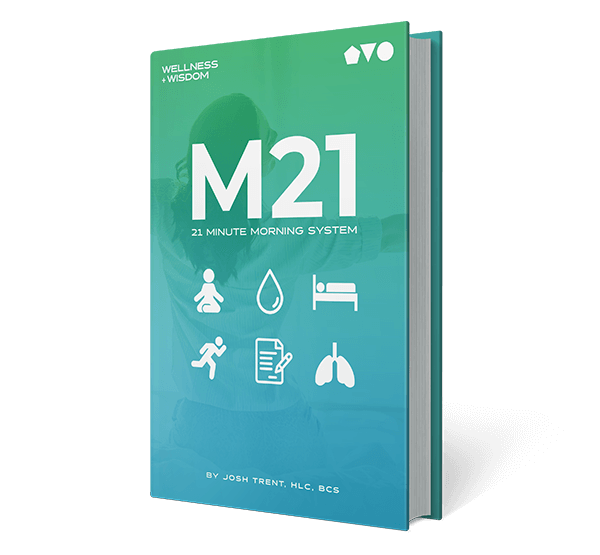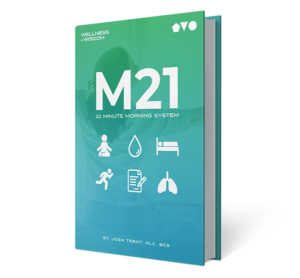 Frontotemporal dementia (FTD) involves a continuous brain degeneration that mainly damages the frontal and temporal brain regions. The brain structure changes caused by Frontotemporal dementia differ from those of Alzheimer’s disease, which mostly affects memory function. Scientists have discovered several types of factors that contribute to FTD development although scientists have not fully determined its onset factors.
Frontotemporal dementia (FTD) involves a continuous brain degeneration that mainly damages the frontal and temporal brain regions. The brain structure changes caused by Frontotemporal dementia differ from those of Alzheimer’s disease, which mostly affects memory function. Scientists have discovered several types of factors that contribute to FTD development although scientists have not fully determined its onset factors.
This article aims to examine the main causes of FTD and the risk factors linked to this complex condition.
Table of Contents
What Is Frontotemporal Dementia
Frontotemporal Dementia, or FTD, ranks as a top reason people get dementia, hitting people from 40 to 65 years old. This illness makes the brain shrink because the nerve cells start to break down. Now, it's not like Alzheimer’s where you've got those amyloid plaques and tau tangles mucking things up. Frontotemporal dementia stages are more about certain proteins piling up in your brain.
Key Causes of Frontotemporal Dementia
Genetic Mutations
Genetic factors have an important responsibility in FTD development. Research has established that hereditary factors cause FTD for 30-40 percent of cases because scientists have identified essential gene mutations. The most examined FTD-related genes consist of C9 or 72 Mutation together with GRN Mutation (Progranulin gene) and MAPT Mutation (Microtubule-associated protein tau gene).
- C9 or f72 Mutation stands as the primary genetic cause that produces both FTD and amyotrophic lateral sclerosis (ALS). Running toxic RNA molecules in cells causes disruptions in normal cell functions.
- Reduced progranulin protein production emerges from GRN Mutation (Progranulin gene) because the mutation decreases progranulin protein levels, which control brain cell growth and inflammatory functions.
- The MAPT gene mutation produces a Microtubule-associated protein tau gene mutation that causes abnormal protein tau accumulation which damages brain cell function while accelerating nerve cell death.
Protein Accumulation
Brain proteins accumulate in specific patterns as one of the main features that characterizes FTD. The pathology of FTD involves primarily two major brain proteins:
- Brain degeneration occurs when abnormal tau protein aggregates disrupt neurons and destroy their structure and functioning.
- When found in FTD cases, TDP-43 proteins develop harmful accumulations that reduce cellular communication efficiency.
- Brain damage develops as an effect of these abnormal proteins, which play a significant role in the condition's symptom expression.
Brain Atrophy and Neuronal Loss
Every day, the aging brain experiences a microscopic reduction of size in the frontal and temporal lobes, which defines FTD's progression. The atrophy develops because neurons in these areas die, which control decision-making and social behavior and language development. Researchers state that neuronal loss occurs from an unknown mix of genetic and environmental elements.
Stages of Frontotemporal Dementia
There are various stages of ftd, which are mentioned below:
- Stage 1 presents with minor cognitive impairments that include minimal personality alterations and mild problems with solving tasks.
- Stage 2 consists of behavioral alterations and reduced language function which causes impulsivity together with changed social behavior and slight communication issues.
- In Stage 3 of AD, patients experience deterioration of both their spoken abilities and language processing skills as well as their ability to recognize friends and family members.
- Stage 4 of the disease produces severe daily life challenges because worsening physical conditions and memory deficits alongside impaired speech functions restrict independent function.
- During Stage 5, personality Changes and Emotional Instability occur along with obsessive behaviors while patients need daily assistance for survival.
- Stage 6 of dementia reveals major cognitive impairment as well as deteriorating physical capabilities, including severe memory loss, speech degeneration, mobility limitations, and higher chances of suffering falls.
- During Stage 7, the person will experience full movement loss with swallowing complications requiring continuous medical supervision.
Risk Factors for Frontotemporal Dementia
The specific origin of FTD remains unclear, yet several risk elements have been identified and are mentioned below:
- The probability of FTD disease development increases when an individual has relatives with FTD.
- The monetary institution of FTD diagnosis occurs when patients fall within the 40 to 65 age range, but the condition may arise afterward.
- People with genes with the C9 or 72 and GRN and MAPT mutations face a significantly heightened risk of developing the condition.
The development of FTD sometimes combines features with ALS and Parkinson's disease because these conditions share related neurological causes.
Diagnosis and Early Detection
Proper treatment, together with healthcare planning, requires early detection of frontotemporal dementia. The diagnosis of FTD becomes complex because its medical indicators often overlap with those of psychiatric problems or other dementia diseases. Common diagnostic methods include:
- Neurological Exams – A detailed assessment of cognitive and motor function.
- Doctoral scans of PET and MRI produce images that confirm brain atrophy and disturbances in brain metabolism.
- The detection of inherited mutations in people at high risk occurs through genetic testing procedures.
- The diagnosis of FTD requires multiple clinical assessments together with imaging procedures because no solitary exam exists for its detection.
Treatment and Management Strategies
Medical treatment of Frontotemporal Dementia exists without a definite cure because different approaches aid symptom management alongside improvements in patient life quality. These include:
- Doctors sometimes suggest patients try these medications, which include antidepressants and antipsychotics, which help in reducing their behavioral and cognitive symptoms.
- For performing the day-to-day activities like Speech and Occupational Therapy, which helps the patient in handling the communication disabilities.
- Physical exercise alongside nutritious eating habits combined with brain exercises helps limit FTD disease advancement.
Conclusion
Frontotemporal dementia exists as a complicated brain disease with multiple origins based on genetic mutations, protein accumulation, and brain tissue reduction. Research studies about FTD continue, and early detection of the frontal dementia stages helps in improving the quality for patients suffering from this disease. Getting medical attention with genetic consultations for both symptoms and personalized care planning is essential for individuals who experience FTD indicators or those who care about someone with such symptoms.









